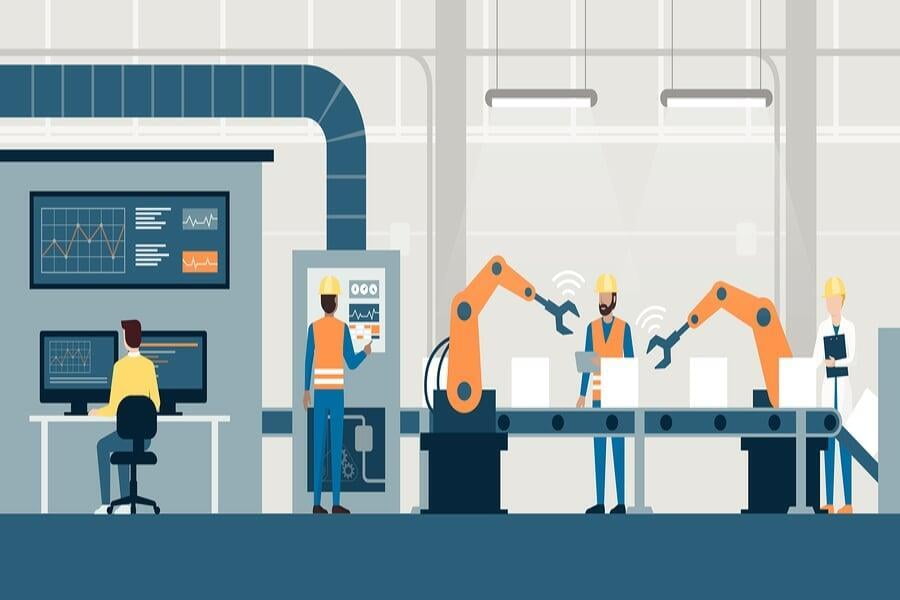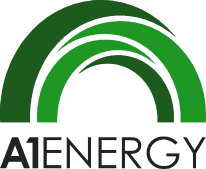
Most commercial building owners know that LEDs are one of the simplest ways to reduce energy costs. But many companies don’t realize that these efficient lights also increase worker efficiency. There is a direct link between better illumination and productivity that can improve your bottom line.
Flinchbaugh Engineering, a manufacturing company in York, PA, recently upgraded part of its facility to LED. “Not only was the payback a great investment, but I soon realized after talking to our long-term employees that they were feeling better at the end of the day. They specifically contributed that to the new lighting,” says Justin Sponar, facilities manager. “I had to research this and found there have been similar situations in other companies. We have now made the commitment to upgrade the rest of our facility to LED.”
Studies have shown that LED lighting increases employee productivity:
Workplace Productivity
- 25% decreased absenteeism (PPL Electric Utilities)
- 16% increase in claims processed (West Bend Mutual)
- Improved product quality worth $25,000 per year (Hyde Tools)
- 20% improvement in defect rate (Boeing)
Four ways LEDs can create a more productive and energetic work environment:
1) Increased Alertness and Visual Efficiency
Soft, warm mood lighting is great for your living room but not in the workplace. Dim lighting can trigger drowsiness, which lowers focus, concentration, and motivation. The brighter, cooler light emitted by LEDs can help occupants stay alert because it is similar to natural daylight.
A worker displays higher visual acuity (the ability to discern letters and shapes), under LED lighting compared to fluorescent, finds a study from the International Journal of Industrial Ergonomics (“Effects of four workplace lighting technologies on perception, cognition and affective state”).
Additionally, the researchers found that “In terms of psychological and cognitive performance, volunteers showed increased fatigue ratings with fluorescent relative to LED, and this effect was associated with slower response times on tasks measuring spatial and verbal memory.”
2) Healthy Happy Eyes
Do employees keep taking time off for headaches? Are students squinting to see the board or read an exam? Both dim and harsh lighting can result in eye strain and headaches because the eye muscles are overworked. Overhead light can also cause unwanted glare that bounces off of computer screens, walls, and furniture surfaces. When spaces are evenly illuminated with LEDs, occupants are less likely to work their vision so hard.
3) Safer Workplace
There are many factors that can lead to a workplace incident but lighting doesn’t usually come to mind. Employees depend on quality lighting to recognize and avoid hazards. Shadows that impair depth perception or lighting that distorts color rendering makes it harder to spot a potential accident or danger. Well-designed LED lighting not only brightens the entire workspace, but also eliminates any shadowy areas, making for a much safer environment for employees.
4) Improved Quality Control
Particularly in industrial settings, quality control is a major production concern. With ample bright light, inspectors can more easily detect deficiencies in a product line or even in assembly equipment. The ability to quickly recognize defects ensures corrections can be made before a product reaches customers.
